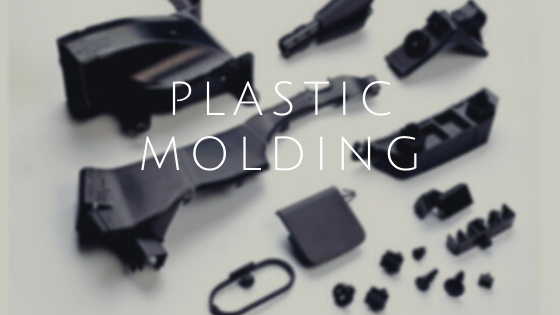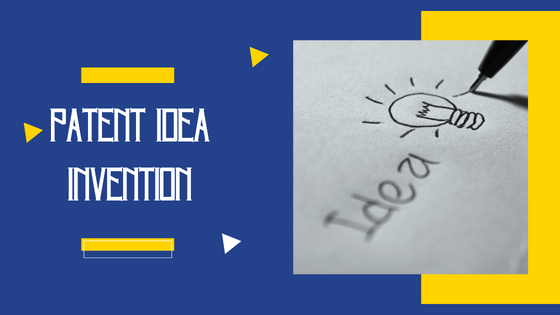
When the injection molding process was introduced in the market, it catered to the production of simple products like buttons and combs. With the progression of manufacturing industries, other products have been created out of the mold. The common applications go to medical, aerospace and consumer industries as well as packaging, plumbing and construction.

Specific applications of the process extend to the production of bottle caps, containers, milk cartons, automotive dashboards and other products that may be created out of plastic. The process is considered very crucial in the world of part manufacturing. While injection molding may require high costs of investment, it is favored because of the lower labor costs and minimal losses on scrap.
Most common materials used in the process
Aside from thermoplastic and thermosetting plastic materials, elastomers are recommended in producing an injection mold. As years pass, more materials have been adapted in the process. Alloys and polymers like epoxy, phenolic, polyethylene, nylon and polystyrene are commonly used nowadays.


